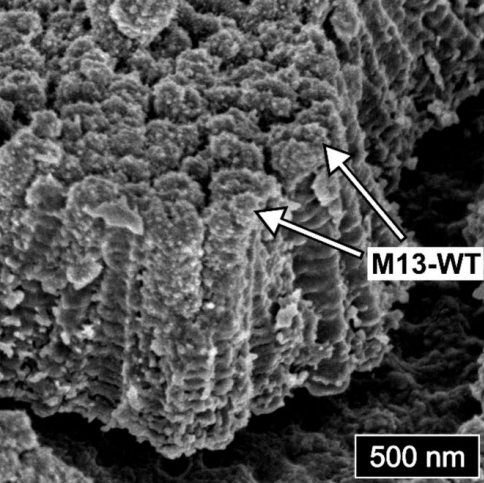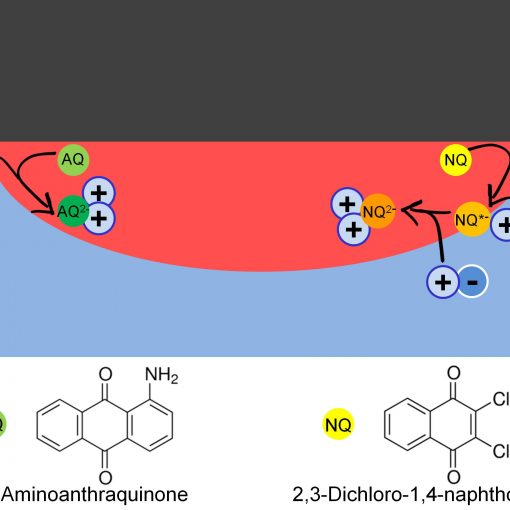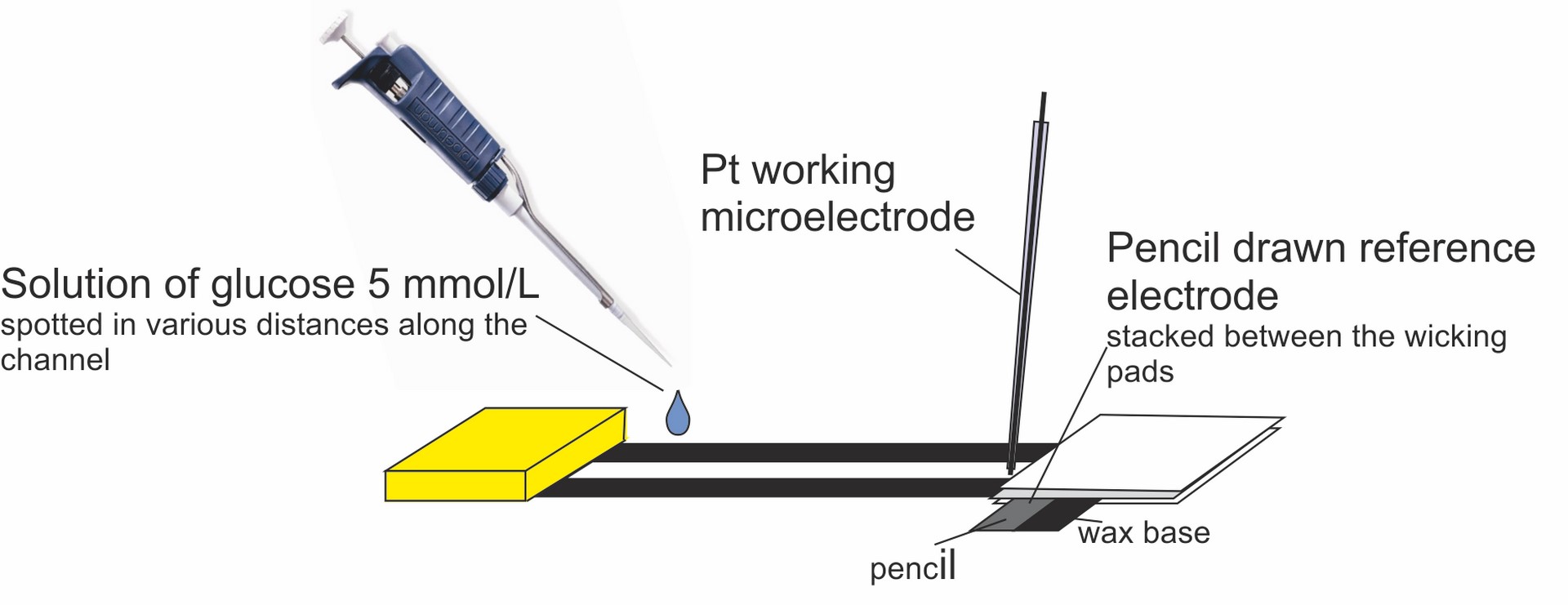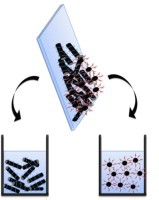
A second paper1 involving our group was just accepted in the Festschrift of the Journal of Solid State Electrochemistry dedicated to the 60th birthday of Prof. Frank Marken from the University of Bath. This is an article by our collaborators in the Surface Nanoengineering Group, where Kasia was leading the work of modifying titania nanotubes with bacteriophages.
TiO2-NTs have a large surface area and titania is known to be bio-compatible. Therefore, it was natural to test using these nanotubes prepared with different procedures to modify their surface structure. The bacteriophage M13 is a filamentous phage that has been studied intensively and can be selected to display various peptides with specific affinity to certain targets or surfaces. The combination of these efforts led to the construction of a simple biosensor that could be used to detect E. coli bacteria.
Martin was involved in this work mainly for SEM imaging and assisting in the data analysis. The main experimental work was done by a wonderful master student in the Surface Nanoengineering Group, Ania Karbarz, and the nanotubes were prepared in Gdańsk by the group led by Kasia Siuzdak, who also runs a fantastic Instagram-channel for science popularisation (in Polish).
- A. Karbarz, W. Lipińska, M. Jönsson-Niedziółka, K. Siuzdak, K. Szot-Karpińska
Characterisation and application of electrodes with hydrogenated titania nanotubes modified with M13 bacteriophages, J. Solid State Electrochem. accepted (2025). (link)(Preprint on ChemRxiv)




